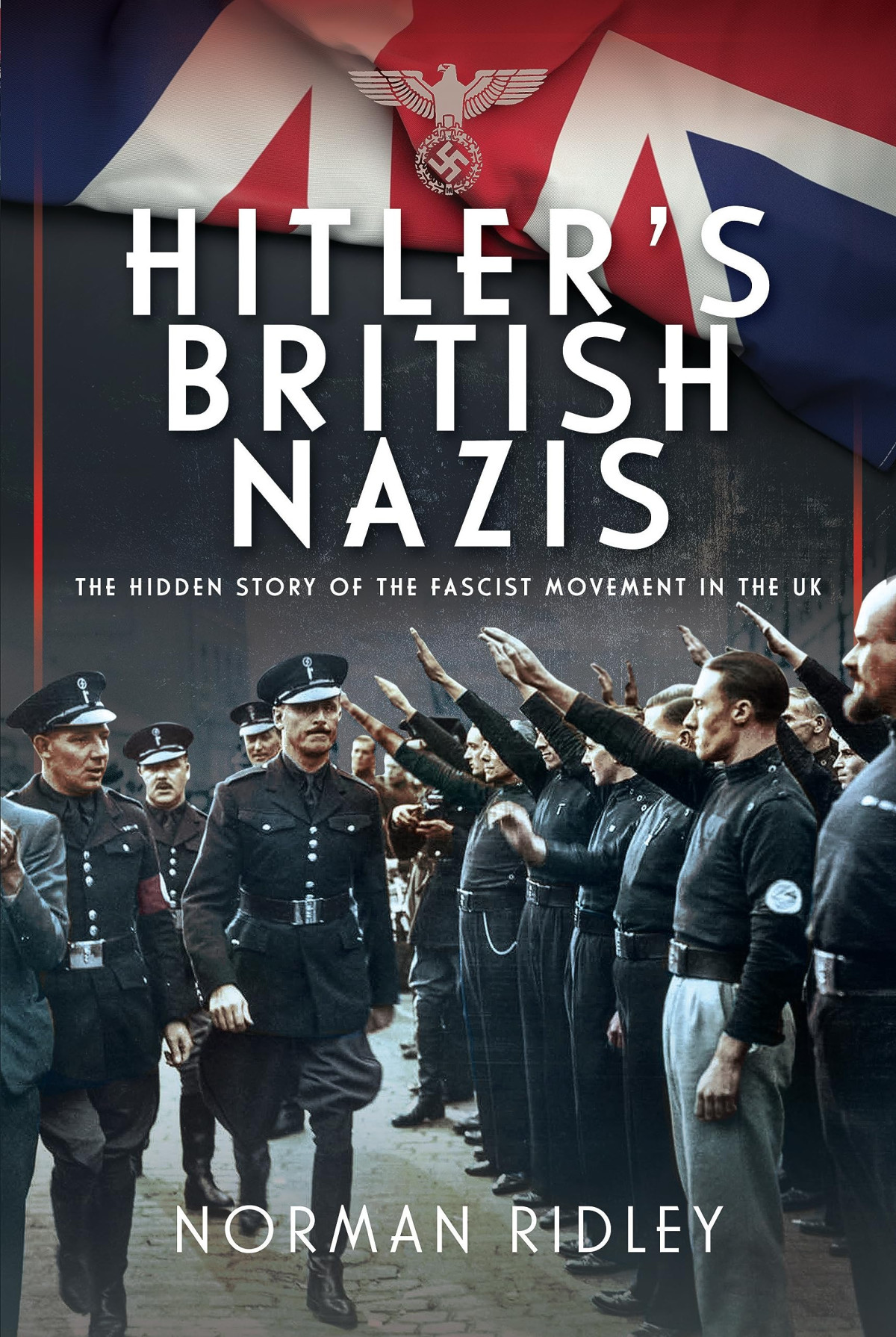

Most ebook files are in PDF format, so you can easily read them using various software such as Foxit Reader or directly on the Google Chrome browser.
Some ebook files are released by publishers in other formats such as .awz, .mobi, .epub, .fb2, etc. You may need to install specific software to read these formats on mobile/PC, such as Calibre.
Please read the tutorial at this link: https://ebookbell.com/faq
We offer FREE conversion to the popular formats you request; however, this may take some time. Therefore, right after payment, please email us, and we will try to provide the service as quickly as possible.
For some exceptional file formats or broken links (if any), please refrain from opening any disputes. Instead, email us first, and we will try to assist within a maximum of 6 hours.
EbookBell Team

4.4
22 reviewsTo some degree, these ideals also gained traction in the UK where some individuals in and among the elite of British society believed fascism was the way forward for the country. This is fully explored in Hitler’s British Nazis which traces the evolution of extreme right-wing opinion from the turn of the century right through to the end of the Second World War. In particular it looks at the way British fascism developed its own character due to Britain having been on the winning side during the First World War.
Early fascist movements of the 1920s are analyzed including the fascist tendencies of the Suffragette Movement. The book then traces the way in which domestic politics and the dire economic situation of the early 1930s created a political vacuum that was filled by Oswald Mosley and his Blackshirt Movement.
Throughout the 1930s right-wing sympathisers looked to Hitler’s Germany rather than to Mussolini’s Italy for inspiration. Some members of aristocratic and political elites, many with virulent anti-Semitic views, saw in German fascism a template for Britain to build on but remained wilfully blind to the excesses of the Nazi regime that were getting worse by the day.
The book looks at the way in which Nazi Germany was depicted in the press and how powerful press barons, many of whom were pro-German and supported Chamberlain’s appeasement policies, were able to influence public opinion.
The role of the Mitford sisters, Unity in particular, is explored in detail as is the influence of the Cliveden Set
…